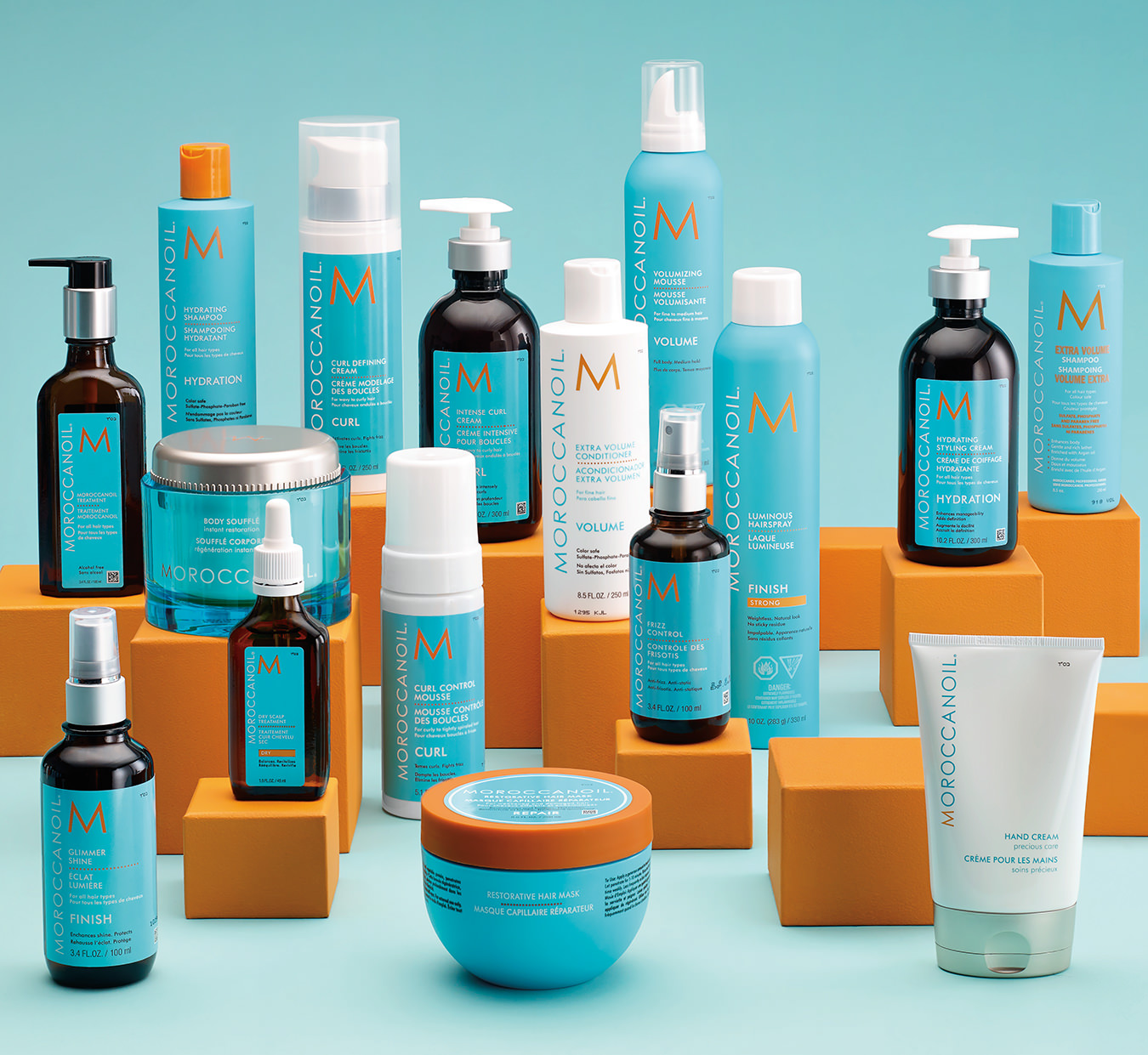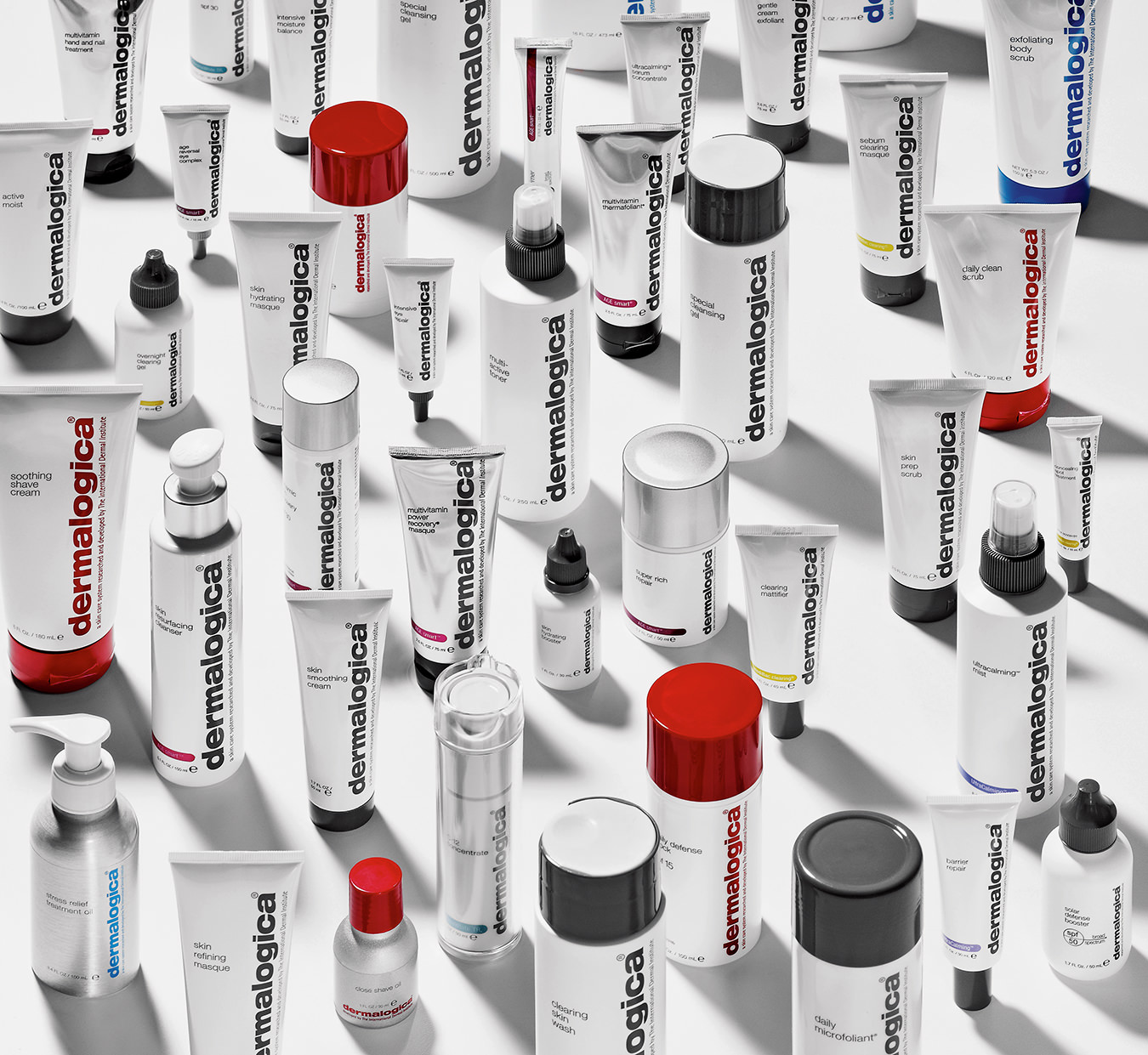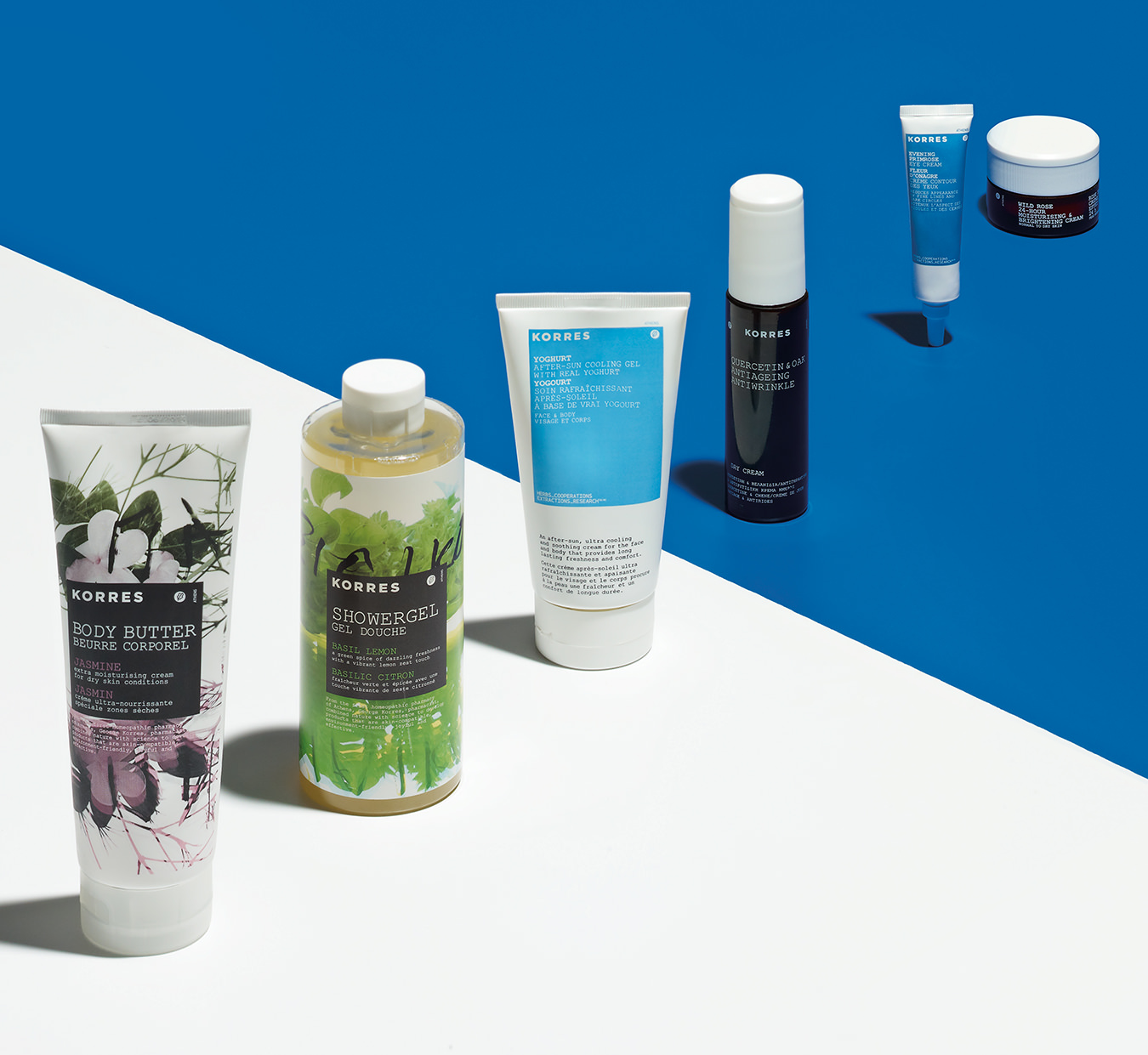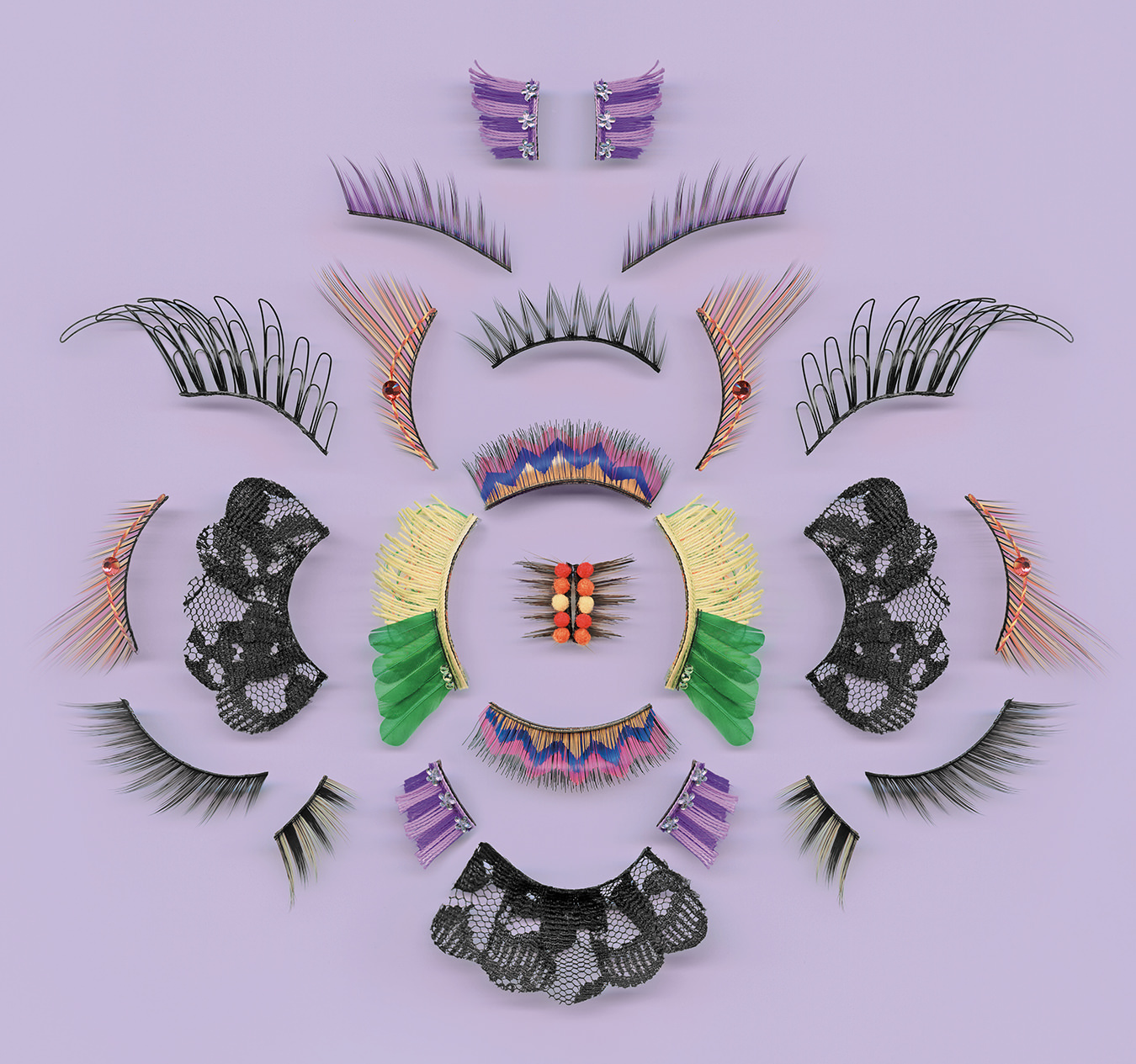What’s the Big Deal About Hypochlorous Acid?
A holy grail beauty ingredient or just hype?
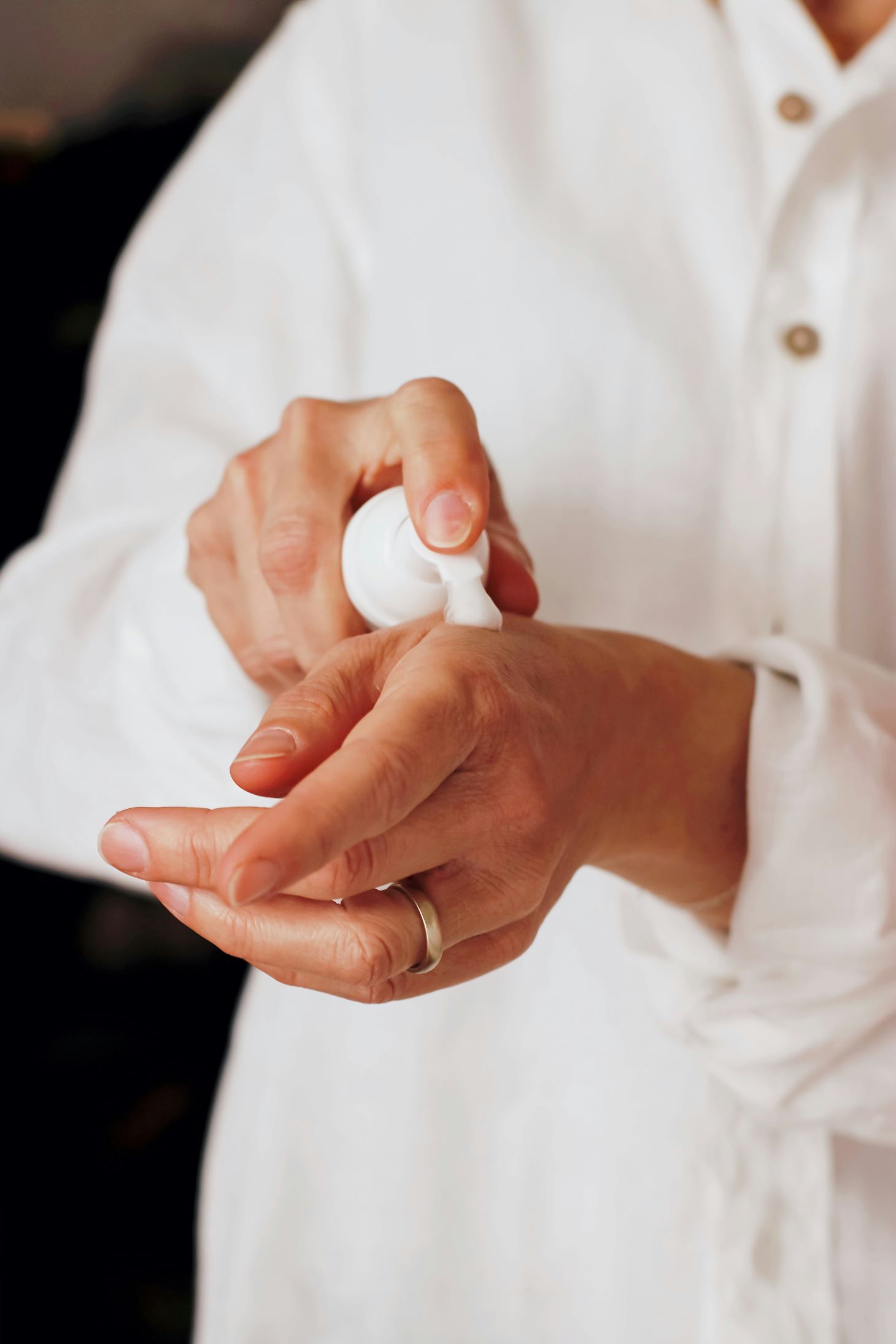
Beauty folks (or brands) often seem to get bees in their bonnets about specific ingredients—here a hyaluronic acid, there a peptide, there a little retinol. The latest to join the party? Hypochlorous acid, which has been trending on TikTok for the past year or so. SkinTok claims it’s able to do just about anything, from calming down your eczema to ridding your skin of pimples. What is it? “Hypochlorous acid is essentially a dilute bleach solution,” says dermatologist Dr. Aegean Chan. “Bleach has long been known to have antibacterial properties, and dermatologists have recommended dilute bleach baths to treat eczema flares for many years.” The science behind that is that bleach can kill harmful bacteria on skin, so it can reduce the chances of an infection with eczema.
Dr. Jessica Feig says hypochlorous acid’s most research-backed use is for wound care because of its anti-inflammatory and anti-inflammatory properties. “I myself use hypochlorous acid for wound care a ton, and this is an area which is most grounded in scientific studies,” she says. In medical settings, that could mean spraying a product on ulcers or burns to reduce the chances of infection and promote healing. Beyond skin, it’s used in optometry for people with red, itchy eyelids.
Should we all be adding the ingredient to our regimens? Chan says no. “Do I think that hypochlorous acid is a miraculous skin healer? No. Nor do I think there is any demonstrated benefit to people that have normal and healthy skin,” she says. “However, if you do find it makes a difference for your acne or rosacea, that’s great.”
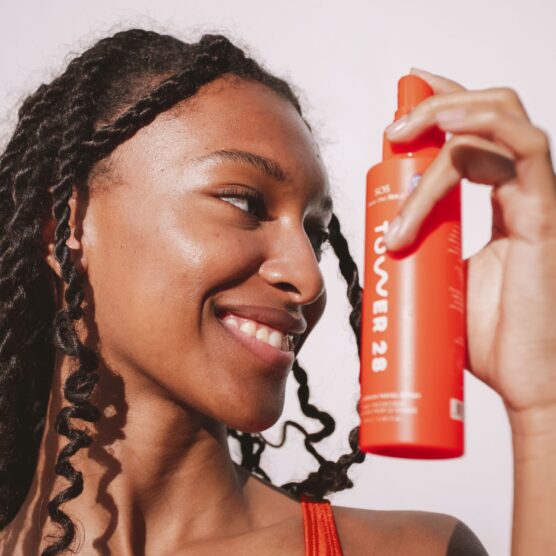
Tower 28 Beauty.
Is there a world in which we should avoid hypochlorous acid? Dermatologist Dr. Shannon Humphrey says it has a great safety profile so you’re unlikely to experience very harmful side effects. “The challenge as I see it is it’s often used in a water-based or aqueous spray or toner,” she says. “For some patients, that will be drying, because when you put an ingredient in an aqueous solution, you get evaporation of the water and a net reduction of water in skin, so that would be my only caveat.” Feig agrees, saying that she hasn’t encouraged patients who have had procedures or who have dermatitis to integrate hypochlorous acid into their routine. “A lot of these patients have baseline skin sensitivity, and I do not want to change the natural skin microbiome before we continue to get more standardized studies investigating this,” she says. “Skin is so delicate and responsive to change, I only suggest agents which have a proven track record in the field.”
And how much should we buy into trending ingredients for skin care? “In general, I think the trend is for all ‘it’ ingredients to make big claims that aren’t necessarily substantiated by high quality clinical studies. Often, they latch onto small in vitro or animal studies and generalize miraculous sounding claims from that,” Chan says. “Unfortunately, most don’t end up living up to the hype.”
If you are interested in adding hypochlorous acid to your beauty ritual, they most commonly come as sprays that you use between cleaner and toner. Here are three to try:

Peace Out Redness + Clarifying Mist
As well as hypochlorous acid, this has zinc and arnica, which are said to cool skin, and clays to absorb oil.
___
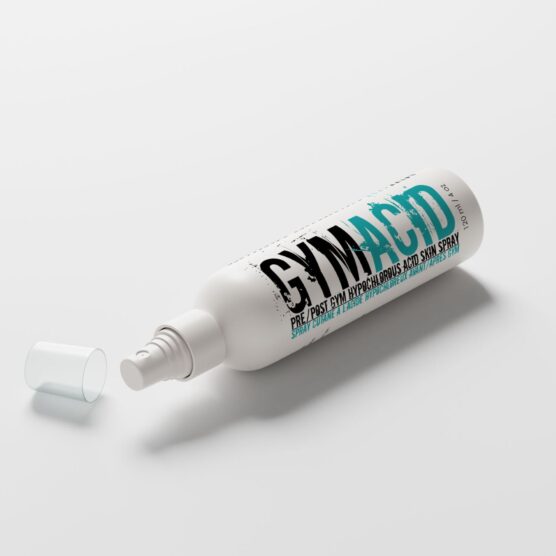
Gym Acid
This Canadian brand markets its combo of water, salt, and hypochlorous acid as a great product for body, skin, and gym gear. When sprayed on shoes or equipment, it is said to kill odour-causing bacteria.
___
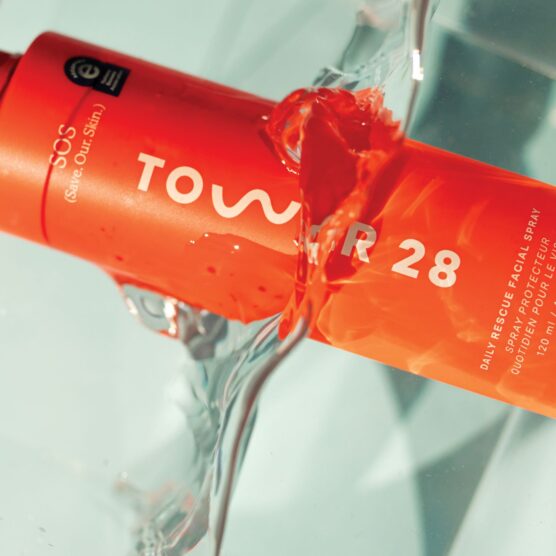
This has just three ingredients: Water, salt, and hypochlorous acid, and the brand promises it will soothe, purify, reduce redness, and clear skin.

